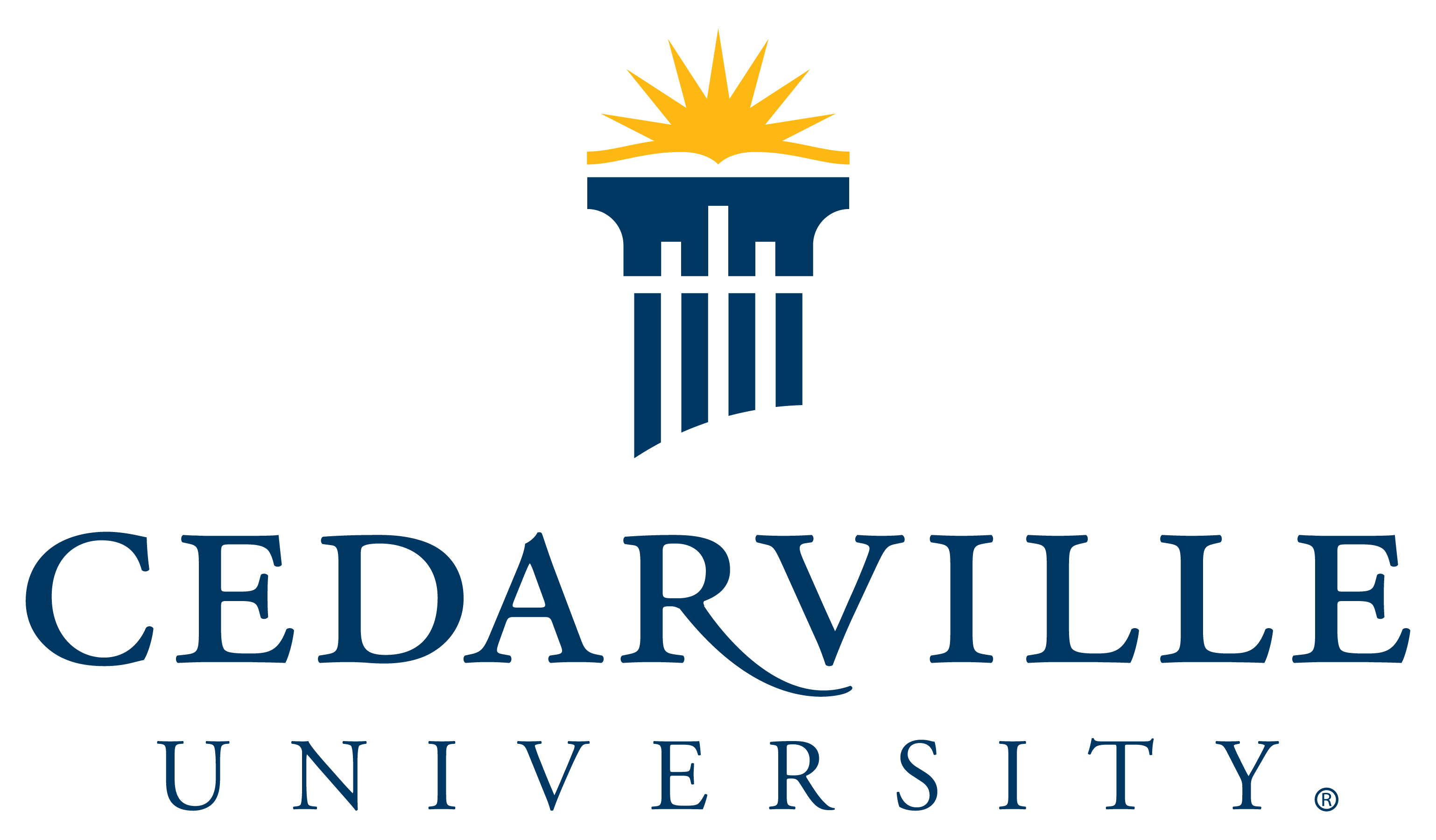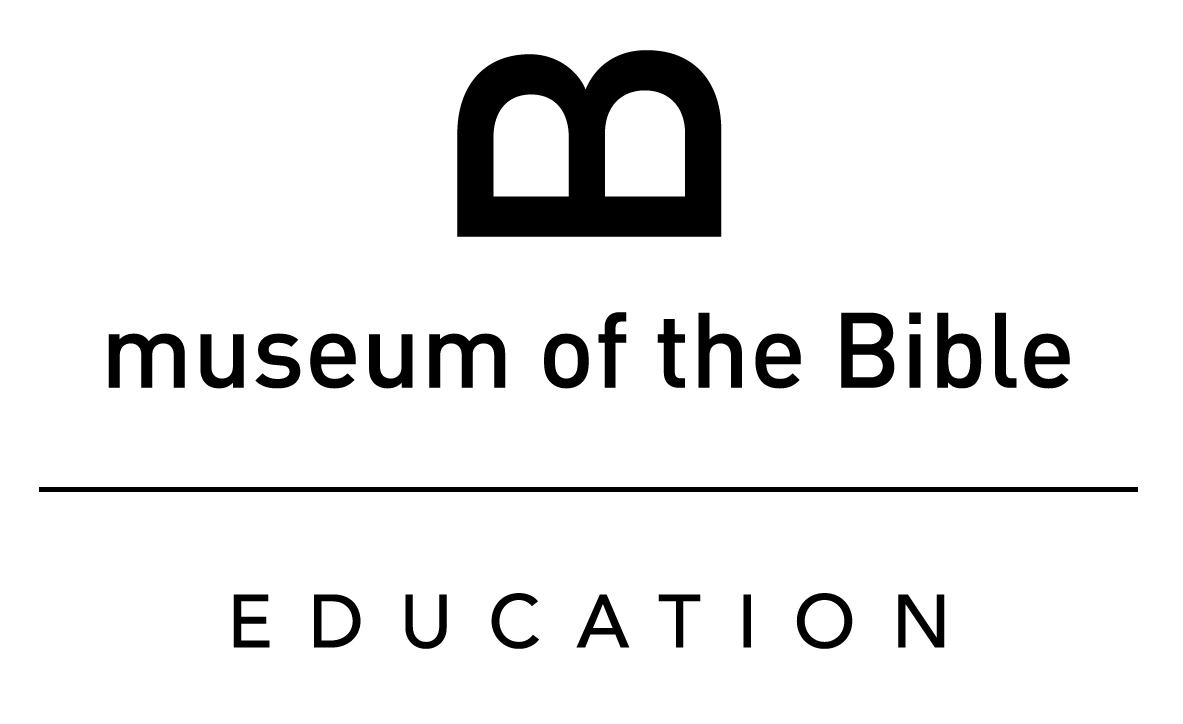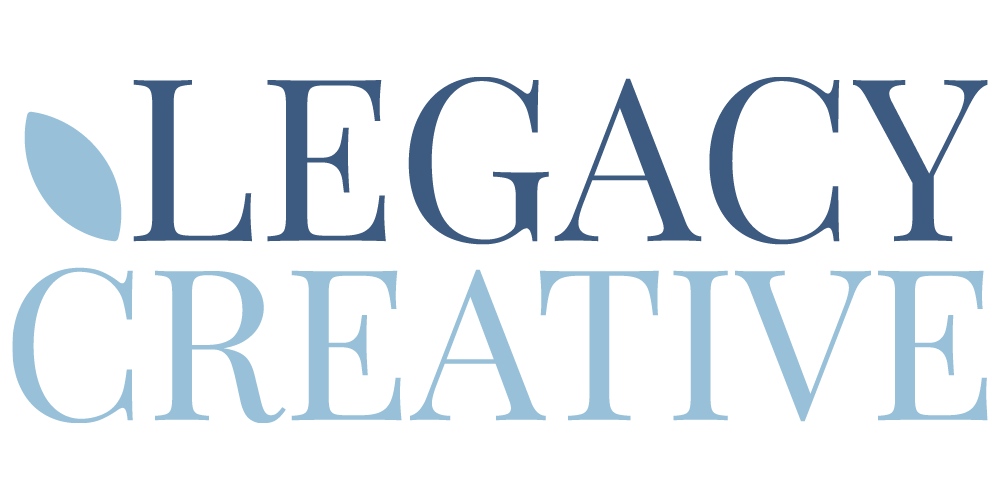Catalyst: something that speeds up a reaction without being used up.
As a former science teacher and someone who studies leadership, I am a firm believer in catalysts. Students, schools, and society need more catalytic leaders because those leaders are sustainable, powerful, and their leadership is not about them. Catalysts are leaders who exhibit confident humility in pursuit of a shared goal. That goal has been human flourishing since Aristotle and should be the goal of every Christian educator and Christian school. Lynn Swaner and Matt Lee’s research makes clear that flourishing in Christian schools is not only desirable and possible but also imperative.
The question is how do we maximize that goal for each—not some or even all, but each—student we serve? I am convinced that the answer is the collective leadership of teachers and administrators across networks of schools focused on improvement. There has never been a better time to be in education. We 1) know more about how people learn, 2) have more tools to deliver instruction, and 3) have more ways to support leaders than we have in the history of the world. However, the work can be overwhelming, particularly if we try to do the work on our own. So let’s stop going it alone. The work is so much more life-giving when we do the work with others in service to God.
We have a biblical model for how to lead differently. Christ poured into his disciples (e.g., John 13:3–5), the early church was led by elders (e.g., I Timothy 3:1–7, Titus 1:6–9) not a single elder, and the body of Christ flourishes because of its many parts (e.g., I Corinthians 12:12–27). Paul was a catalyst in that God used him to strengthen churches and then moved him to the next city to serve in a way that was not about him but was entirely about God (e.g., I Corinthians 1:12–16). I do not want to conflate Christian schools with the church, but that makes this next point even more important: the idea that one person leads a school with a prophetic vision that others are meant to buy into is not sustainable or the most effective way to lead. Instead of buy-in, why not harness the collective expertise and gifts of the school community to do better work together?
Certainly, there are many decisions that administrators have to make around school finances, facilities, fundraising, and many other areas. However, when it comes to teaching and learning, leading alongside teachers and students in partnership with families is the best way to lead. Christian schools should be exemplars of this type of catalytic leadership that accelerates the good work that is occurring inside and outside of classrooms—leadership with teachers not of teachers. Here are three ways to catalyze collective leadership to build thriving school communities.
1. Leadership as Work
The simple description of collective leadership is “work toward shared goals.” Is leadership more about the leader or the work? I have asked this question of thousands of educators, and the response is relatively split for the obvious reason that it is really about both. In Christian schools, I am more likely to hear that leadership is about the leader. This is not necessarily good or bad, but it does indicate that there is a focus on an individual leader rather than the collective work that educators do on behalf of each student. We need an expansive view that helps each educator see the leadership they contribute toward the shared goals of the school. When educators begin to see leadership as work, they are more likely to step into that work and are better able to identify their influence.
2. Leadership, Not leader
When leadership is not about a position, personality type, or person, the emphasis shifts. Instead of sitting back and wondering if they are the right person to lead or if they have the correct position, educators who do not see leadership as positional or personality-driven are more likely to step into the role because they are less likely to deal with impostor syndrome or thinking that someone else will step up. In Christian schools, one educator could be a before-school tutor, social worker, counselor, chaplain, teacher, lunch supervisor, nurse, COVID-tracker, and coach all in one day. When educators take on so many different roles, we need to identify the leadership that flows from individuals and celebrate the work.
3. Leadership as Shared
If leadership is work, and people are taking on a wide range of tasks, we need to be certain that we are all focused on the same goal such as a portrait of a graduate. Collective leadership is not something else to add to the plates of busy teachers and administrators. As one principal shared with us, “Collective leadership is not something else to add to the plate. Collective leadership is the plate.” When teachers and administrators lead together, they develop a deeper appreciation of the work of the other and can build on and catalyze their good work. This means that teachers need to see others teaching through reciprocal observation, teachers and administrators need to be examining student work, and they all need to be planning for improvement through cycles of inquiry that demonstrate progress or diagnose problems that need to change. This is what makes our work infinitely fascinating, and why we believe at the Baylor Center for School Leadership that we lead best when teams of teachers and administrators work together across networks of schools on shared problems of practice.
What are some problems of practice that you are facing that could use the collective expertise of your school? What would you like to work on with other schools? I can’t wait for Converge where we will have gathered over 1,000 of the best minds in Christian schools to unleash their collective power on the challenges and opportunities of 2022. As Christians in a fragmented society, growing alongside each other is one of the most life-giving opportunities we have this side of eternity. See you in San Diego!















































